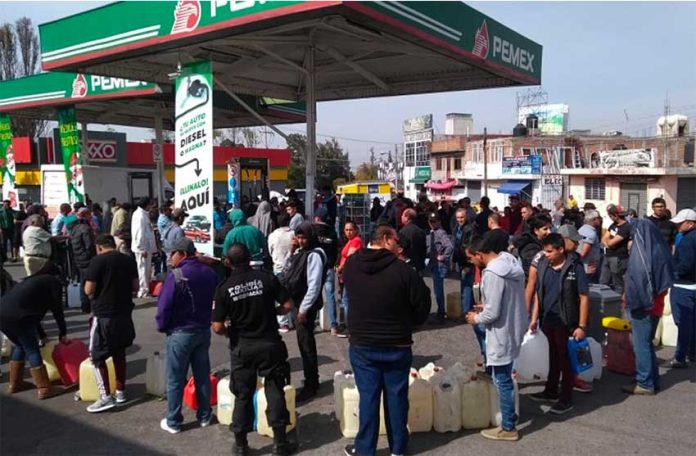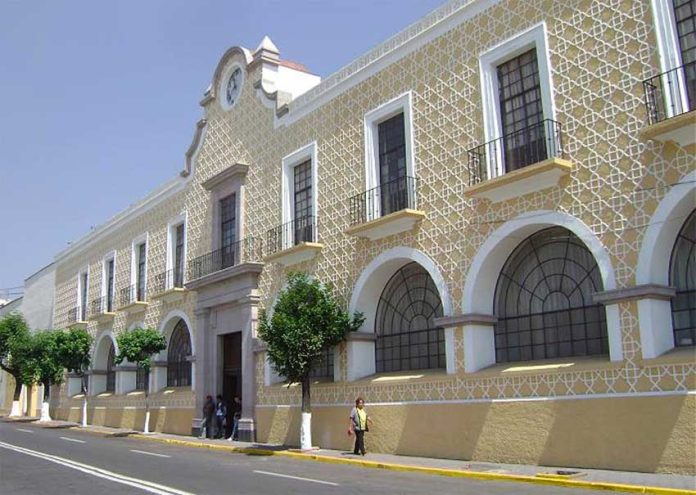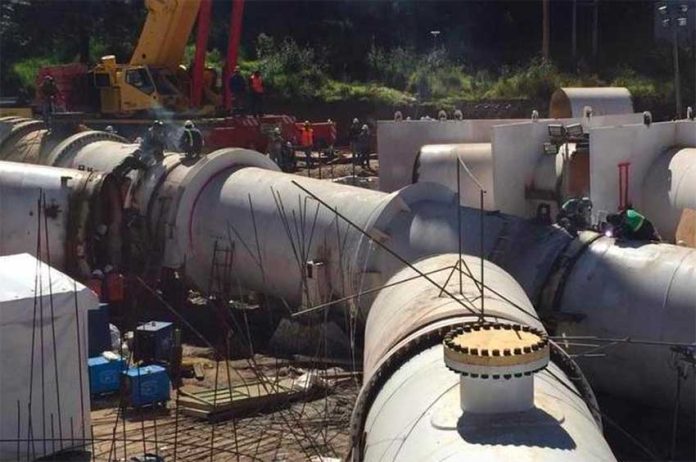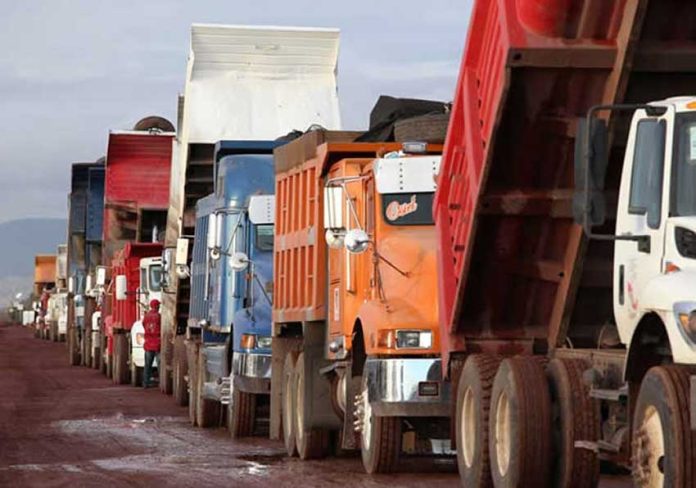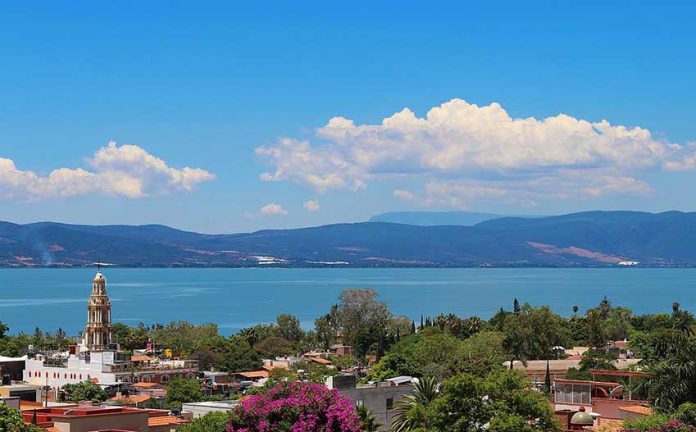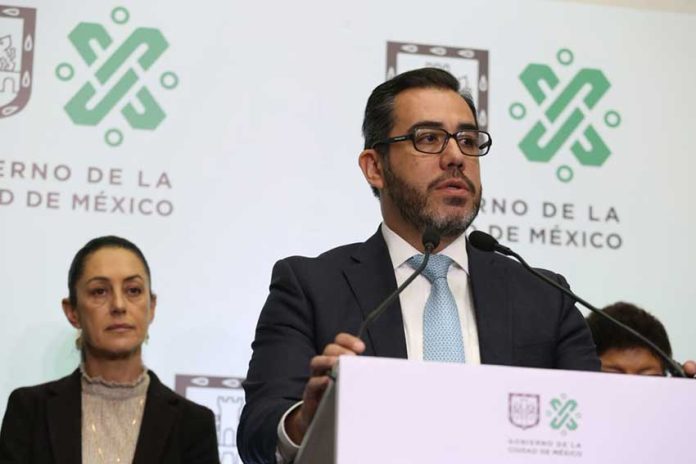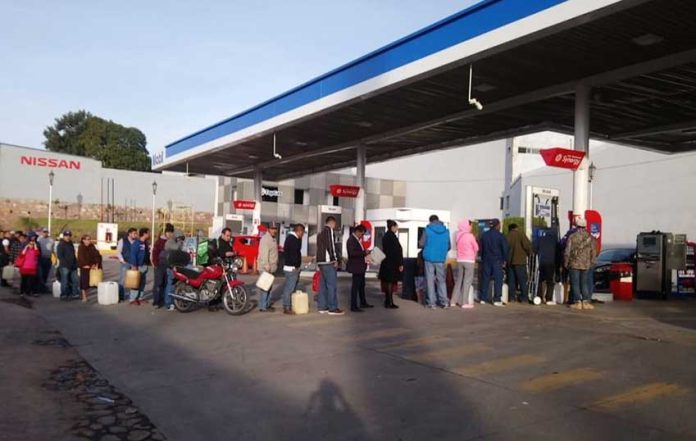The Lakeside area has become a dreamscape for developers. Local governments tend to lack long-term vision to implement wise policies and strategies to manage inevitable urban sprawl, often bending the rules to cater to investors on the premise that economic benefits outweigh the downsides of unchecked growth.
So states a report by The Guadalajara Reporter, which has delivered some excellent reporting on the prospective, mind-bending scale of development planned for the Lake Chapala area.
A current resident of Ajijic says:
“AMLO [President Andres Manuel López Obrador] wants to turn this area into a tourist mecca but it is going to require massive investments in infrastructure. I live in Riberas and the power goes out for days on end. There is no sewage treatment plant here despite Riberas being the largest community in Lake Chapala. The water quality is questionable and the internet service is pathetic.
“From cleaning up the lake to improving the infrastructure it’s going to take a lot of money that the government doesn’t have. The municipal Lake Chapala government is broke. The electrical grid is a disaster. The north shore is beyond congested. The carretera is a disaster and there’s no way it can handle the existing traffic, let alone an increase in population.”
According to the Lake Chapala Reporter, the pensions institute of Jalisco (IPEJAL) intends to invest 390 million pesos (US $20 million) as a member of a group of investors who intend to build a city of 17,000 residents (more than the current population of Ajijic). It is to be located in the area of Santa Cruz de la Soledad and San Nicolás de Ibarra (which are under the jurisdiction of the municipality of Chapala).
A development company named Santa Cruz Immobiliaria de Chapala SA de CV has obtained title to 275 hectares (680 acres) out of the required 450 hectares (1,112 acres). The plan is to construct 3,066 single-family homes, 812 duplexes and 396 assisted living units. The plans also include a hotel, shopping center, medical clinics, a golf course and more.
Research by investigative journalist Manuel Jacobo revealed “the acquisition of land goes back to 2009, accomplished through political manipulation and intimidation of the ejido communal landowners in Santa Cruz.” These tactics were purportedly facilitated by former local government officials in Chapala, and a number of state agencies.
There is another residential housing development planned for the area above Las Brisas, across from the existing Chapala Haciendas development.
This development proposal, estimated at 30 hectares, has led to the formation of an opposition group based in Ajijic called Chimalli Axixic. This group is “comprised of Lakeside Mexicans and members of the expat community. It is our call “to shield” the hillside above Ajijic from further development,” according to a report by Inside Lakeside.
They are raising funds to retain legal counsel to fight the proposed development above Ajijic: “Chimalli Axixic is a non-profit, non-partisan social organization that promotes the care of the environment in the town of Ajijic and other towns along the Lake Chapala shore; It also aims to raise awareness among society and government entities at all levels to prioritize the promotion and care of natural areas.”
Local realtors have been reported to be attempting to sell some parcels. Needless to say, the current ecosystem will be indelibly transformed should the planned development emerge into a reality.
Incompetence, mismanagement and corruption inhabit the machinery of governance in Chapala. In January 2019, raw sewage is leaking on to the streets of San Antonio Tlayacapan, moving toward Lake Chapala. In December 2018, the Chapala municipal planning and urban development department identified 100 construction projects that have licenses without the requisite land use and technical permits.
In the same month, it was revealed that the land use designation was changed in March 2018 for the Tepalo Hills above Ajijic — from protected to residential. December 2018 continued to rain bad news for Chapala when the municipality faced seizure of its assets by virtue of an unpaid 4-million-peso debt to an auto parts supplier.
The contractor for garbage collection has removed two trucks from service as part of an effort to exert pressure on Chapala to pay up on a past due debt of 6 million pesos. The deluge continued for Chapala with the revelation that the comptroller’s office notified 28 people from the previous administration of “irregularities.”
In Chapala’s public works department these maladies total in excess of 5 million pesos in missing funds without verifiable receipts for expenditures on projects. This figure did not include the value of seven vehicles missing during the transition between administrations – including several garbage trucks.
October and November 2018 weren’t any prettier for the municipality. A report by the Western Institute of Technology and Higher Education noted that Lake Chapala’s water contains high levels of fecal coliforms and levels of arsenic at levels above World Health Organization safety standards.
The Latin American Water Tribunal held a hearing regarding Lake Chapala and rendered a stunning, negative verdict. Later in October, lack of a water treatment facility in Riberas del Pilar (and heavy rains) led to septic tank overflows contaminating groundwater for residents and animals. In November, it was reported that the municipality of Chapala had not paid for wastewater treatment in three years and owes the state water commission (CEA) 6 million pesos. It is also seeking a loan of 14 million pesos to pay the back wages of municipal workers.
Around Thanksgiving 2018, overflows of dirty water in Ajijic and Chapala became apparent. Due to the pressure exerted by the high lake water levels, the drainage systems in both cities suffered damage. The drainage system in Chapala must be completely replaced.
With the clearly established inability to manage the current permitting processes for development and construction and municipal governance in a remotely effective manner, the future for this area appears tangibly and legitimately perilous and perplexing.
The current infrastructure of the existing area requires replacement and monumental investments. This includes water supply, water quality, water distribution and wastewater treatment, storm run-off systems, digital connectivity enhancements, the power grid and garbage collection and disposal – and we haven’t even got to traffic and roads yet.
Oh, I’m sorry; did I fail to mention the urgent need to intervene comprehensively to clean up the scientifically established, public health and environmental hazards that currently inhabit the Lake Chapala basin? (The Lerma and Santiago rivers are duly noted).
Current residents of Ajijic have reverted to admonishing prospective residents to “move on,” as the existing area cannot accommodate ongoing growth. We need to hear these voices and seriously consider the meaning they are attempting to convey. These voices recognize “what was isn’t anymore.” Growth groans. You can see it, hear it and smell it everywhere around Lakeside.
One observer concludes in a report by The Guadalajara Reporter: “Considering the impact on the area’s flora, fauna and natural resources, not to mention quality of life for people, it all paints a grim picture for the future of an area once prized for its quiet, rural setting.”
When building a subdivision, region, country or home, a fundamental consideration is a stable foundation, and the infrastructure it stands on. Before you build on to an existing structure, it’s best to examine the structural integrity of what you are attaching your planned expansion to.
In the rush for the wealthy to deploy capital and build expansive new developments for outsiders to enjoy, the challenge at present in the Lakeside/Chapala area is to hit the pause button. The existing infrastructure needs replacement, substantive upgrades, and a likely nine-figure Mexican federal government investment – overseen by a newly designated federal authority where the responsibility and accountability for producing the desired results resides.
The “way it was” is now a memory for the current residents of Lakeside. There’s no going back. Yet, the way ahead must be tangibly influenced by those whose voices speak for the voiceless; flora, fauna, natural resource preservation and restoration, and the victims of manipulation and corruption.
Bill Dahl is a United States-based investigative journalist who recently completed four weeks in the Guadalajara/Chapala region of central Mexico examining the current challenges in the area.
